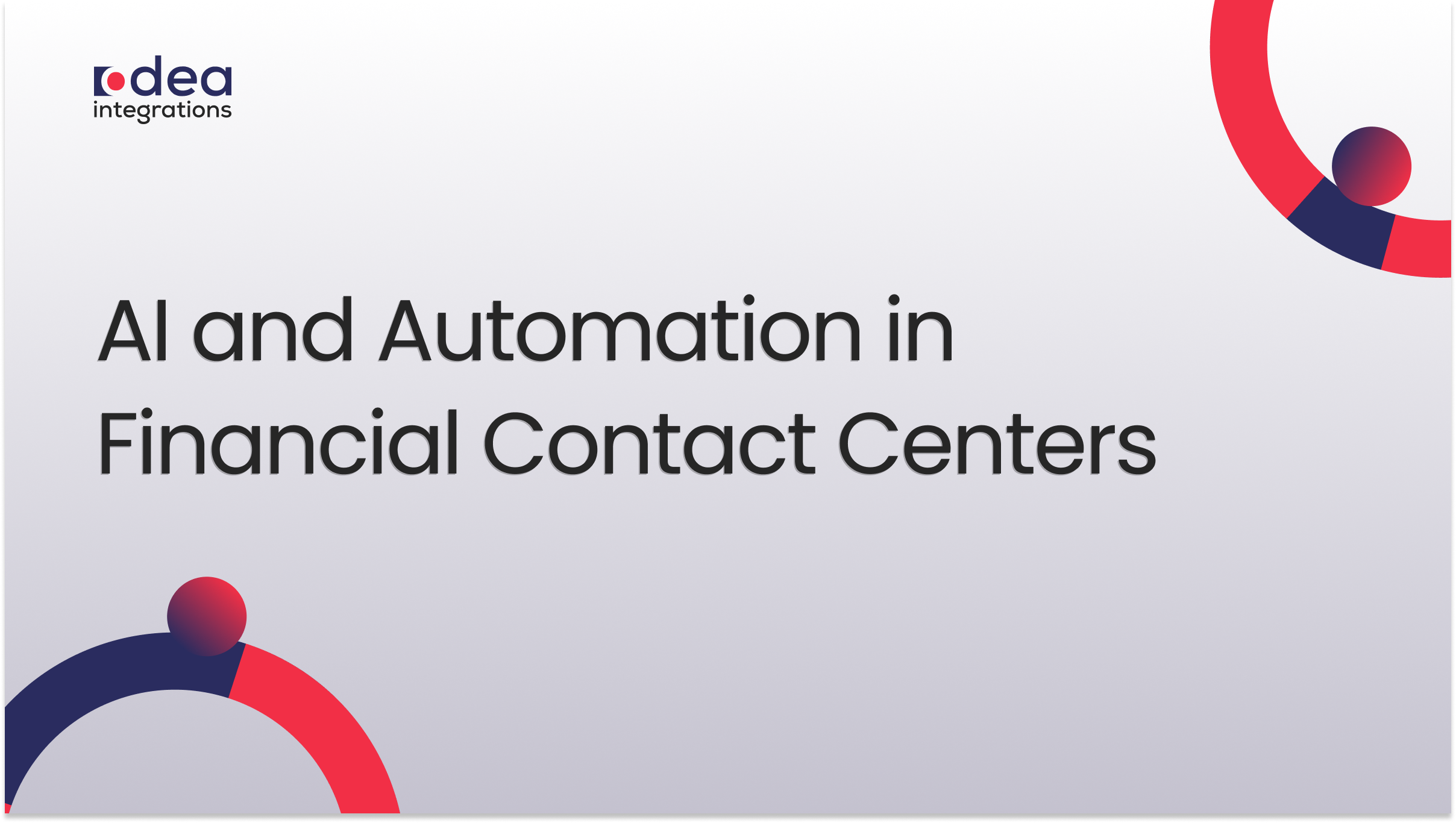In today’s rapidly evolving financial environment, contact centers are no longer just call-handling units—they are dynamic customer engagement hubs powered by innovative technologies. Financial institutions increasingly adopt artificial intelligence (AI) and automation to address rising customer expectations, manage high call volumes, and deliver personalized experiences. This transformation is enhancing operational efficiency and redefining customer service in the financial sector.
How AI is Revolutionizing Contact Centers
Optimizing Processes with Automation
Real-World Implementations
Key Benefits
- Enhanced Efficiency: By automating routine tasks, contact centers can serve customers faster and more effectively.
- Cost Savings: Streamlined operations result in reduced labor costs and lower operational expenditures.
- Personalized Customer Interactions: Advanced data analytics allow for customized solutions that meet individual customer needs.
- Scalability: Automated systems can handle fluctuating volumes of customer interactions without compromising service quality.
Challenges and Considerations
Despite the clear benefits, the integration of AI and automation comes with its own set of challenges. Data security and privacy are critical concerns, especially when handling sensitive financial information. Moreover, there is a delicate balance between leveraging technology for efficiency and maintaining the human touch that is essential for handling complex or emotionally charged customer interactions. Additionally, integrating new technologies with legacy systems can pose logistical challenges that require careful planning and execution.
Future Outlook
Looking forward, the role of AI and automation in financial contact centers is set to expand even further. Advancements in generative AI and predictive analytics are poised to deliver more intuitive and context-aware customer service solutions. As self-service options become more sophisticated, customers will increasingly have the tools to resolve issues independently, further enhancing the overall efficiency and appeal of financial services.
Conclusion
The integration of AI and automation is not a passing trend but a fundamental shift in how financial contact centers operate. By embracing these technologies, financial institutions can achieve a new level of operational excellence, drive significant cost reductions, and provide a highly personalized customer experience. As the industry continues to innovate, those institutions that invest in these transformative tools will be best positioned to lead in an increasingly competitive marketplace.
Embracing AI and automation today is not just about keeping up with technology—it’s about setting the stage for a more agile, efficient, and customer-centric future in financial services.



